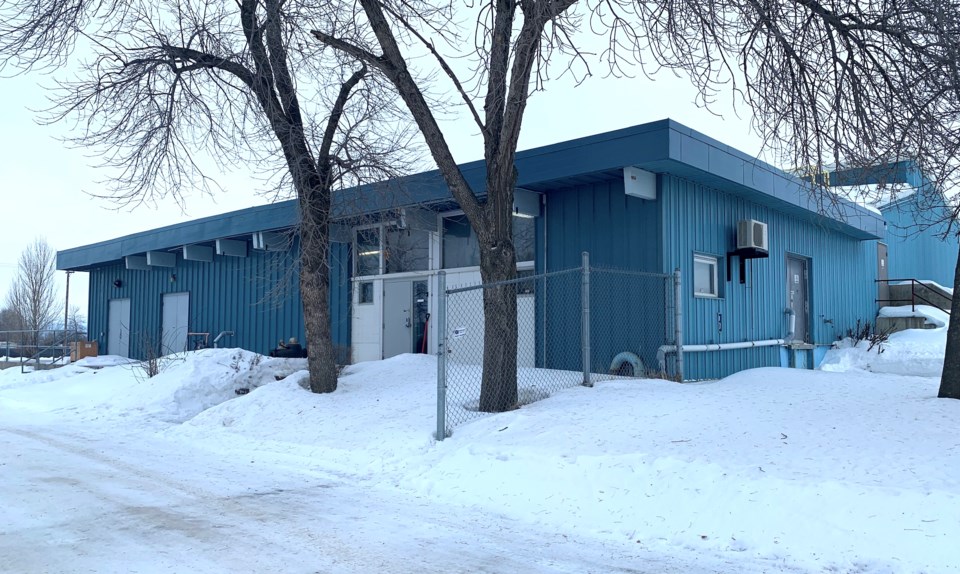WESTLOCK – Westlock-area municipalities have jointly applied for a $200,000 provincial grant to help fund a regional water supply and treatment study that will, “provide critical water storage, pumping, and distribution system model information and recommendations that will inform proactive water management strategies.”
At their Jan. 10 meeting, Town of Westlock councillors voted 7-0 to be the lead on the joint application to Alberta Community Partnership (ACP) program — Westlock County and Village of Clyde councillors gave approval to the application in late 2021. Town of Westlock CAO Simone Wiley said the seven-page application, which was submitted prior to the Jan. 5 deadline, was filled out by the engineering firm MPE, which works for the commission.
Wiley said the study is the brainchild of the Westlock Regional Water Services Commission, a group while comprised of councillors from all the municipalities, can’t apply for this grant. That said, due to the fact the commission includes reps from all three, the joint application to ACP fits, with Wiley noting past initiatives that have been funded via ACP.
“The commission has been wanting to do a project where they’re looking at the overall water supply system,” said Wiley, noting as the lead they’ll be responsible for the financial reporting and keeping track of the project. “It’s quite a comprehensive project and our application is for the maximum. And there is no matching requirement from the municipalities.”
Town councillor and water commission chair Curtis Snell said the study will benefit the entire region and fits well into the town’s asset management program, which catalogues municipal infrastructure.
“This study will help the commission and the community as a whole look forward with what’s coming up in the short, medium and long-term as far as the condition of the infrastructure that serves the whole community,” said Snell. “It will help us make informed decisions.”
The briefing to council notes the study will provide critical water storage, pumping, and distribution system model information and recommendations that will inform proactive water management strategies.
Of the $200,000, $80,000 will be spend on engineering and assessment of the water and treatment systems, $55,000 for data collection and sites reviews, $50,000 for the development of the study and recommendation and $15,000 for ‘technical stakeholder engagement and summary.’
Some of the work to be done includes data collection, and review and analysis of background information including flow and water quality data, plans, drawings, and mapping with recommendations to ensure a safe and adequate water supply for residents and fire protection. There’ll also be engineering analysis to determine viability of the water treatment process (e.g., existing conventional treatment process versus membrane treatment process), cost effectiveness, and scaling.
A condition assessment of the original Clarifier No. 1 at the water treatment plant, as well as the chemical feed water treatment systems and rapid mix systems are also planned.
The capability of the existing treatment system to meet present and future drinking water limits for major water quality parameters including turbidity, organic matter removal, and trihalomethane (THM) maximum acceptable limits will be looked at, as will the feasibility of a dedicated fill pipeline that connects directly from the water treatment plant to the core area water reservoir and pumping station.
Finally, the option of pumping raw water directly from the Pembina River to the water treatment plant, bypassing the townsite raw water reservoir and low-lift pumping station, will also be examined, as well as a review of the regional water delivery system model and gap analysis.



